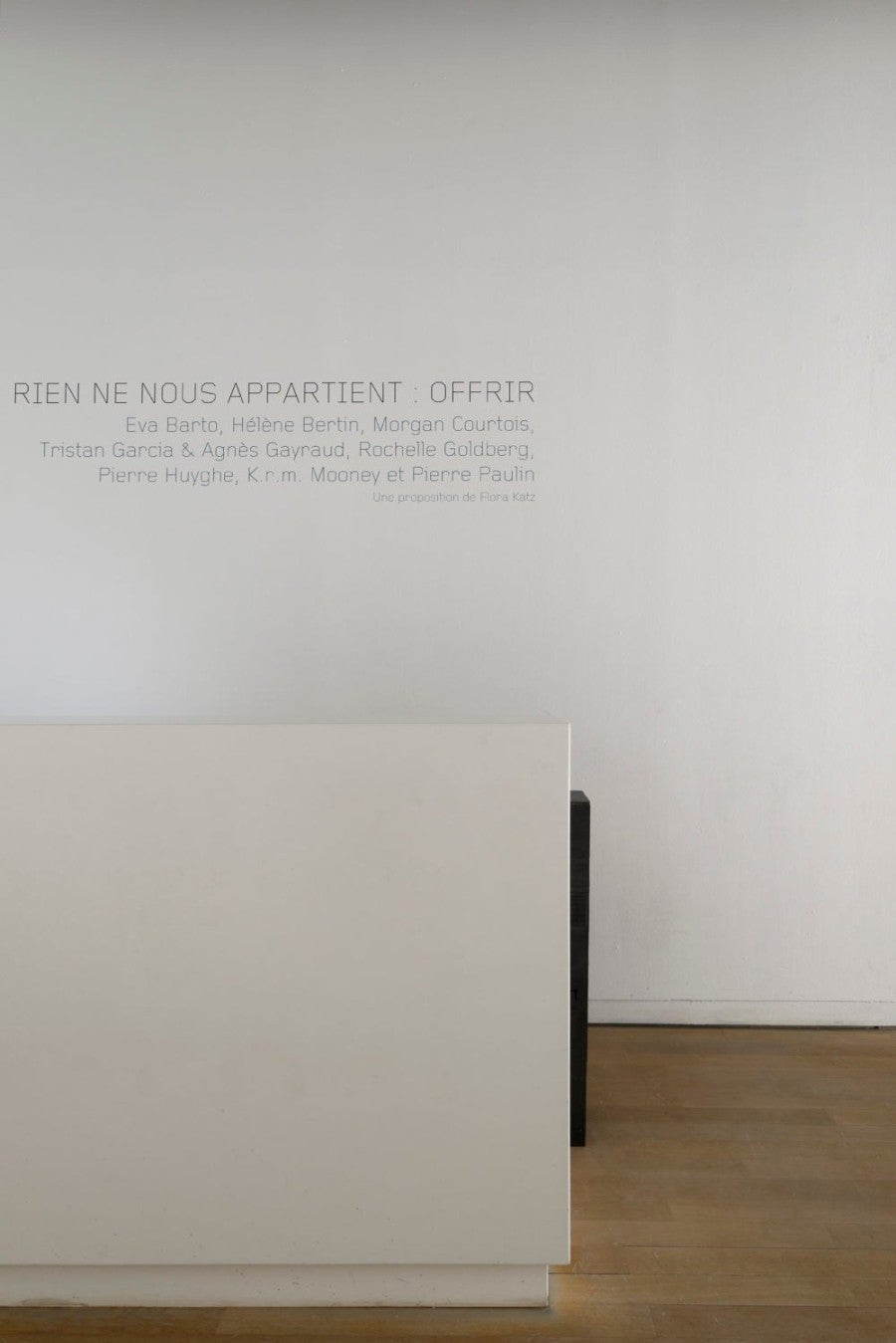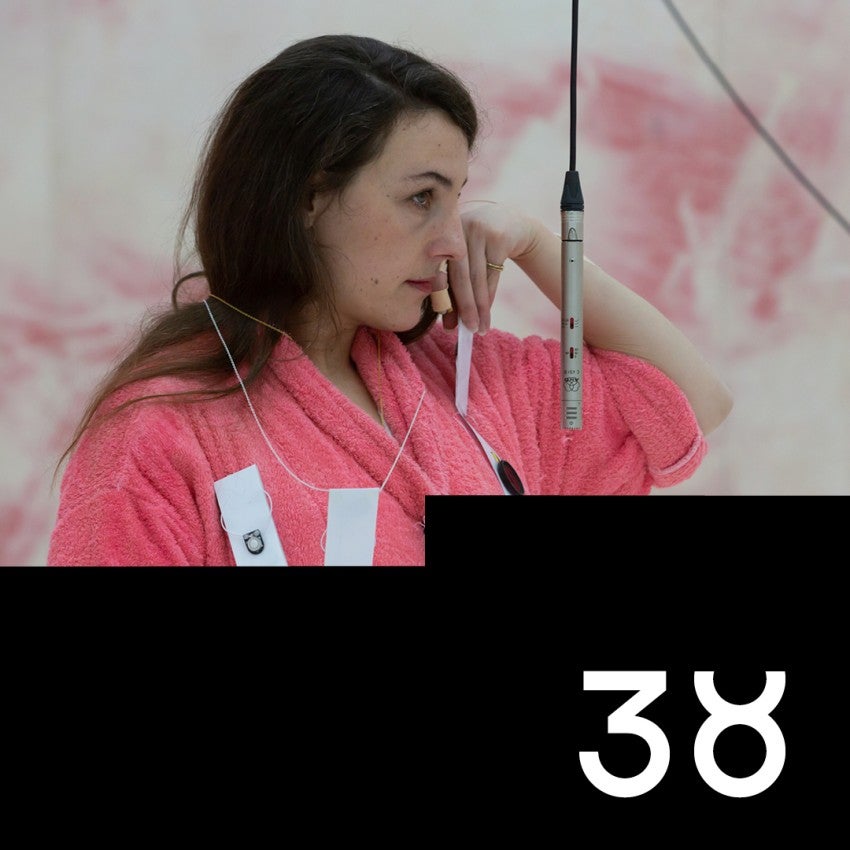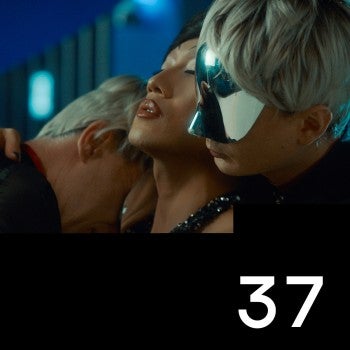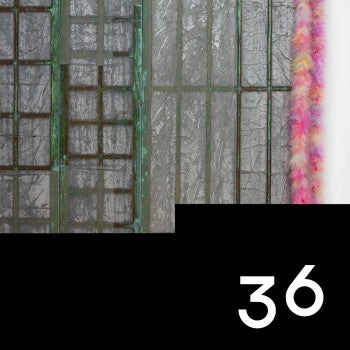Stefan Zweig, Twenty-Four Hours in the Life of a Woman (Insel-Verlag, 1927), excerpted from Eva Barto, All In: An Anthology of Gambling (Buttonwood Press, 2016), 28.
All in, An Anthology of gambling, 2016, 392 pages, black and white. Graphic design: Spassky - Fischer. Financed by Mécènes du Sud. Book production cost: 5240 Euros.
All In: An Anthology of Gambling, is the first publication released on Barto’s imprint, Buttonwood Press. The project was also presented in an exhibition at the CNEAI Chatou in 2015.
Antonia Hirsch, Introduction to Intangible Economies, ed. Antonia Hirsch (Vancouver: Filip, 2012), 15.
Eva Barto, in conversation with Jacob Fabricius, 978-87-91409-88-2, (Copenhagen: Pork Salad Press, 2016), 10.
Alan Shapiro, “The Chance Event at Whiskey Pete.” Alan Shapiro. March 24th, 2011. http://www.alan-shapiro.com/1996-the-chance-event-at-whiskey-pete%E2%80%99s-casino/
Speculate, 2016, All in counterfeit documents stored inside the wall.
Marshall Goldsmith, What Got You Here Won’t Get You There: How Successful People Become Even More Successful (New York: Hyperion, 2007.)
Though of course I did, in due time, see installation shots and other documentation of works I had not seen in person.
Note, for instance, her visual presence in the documentation of the show, Nothing Belongs to Us: Offer curated by Flora Katz and on view at the Fondation d’entreprise Ricard from March 27, 2017 to May 6, 2017. Barto’s piece, Free Gift (2017) is represented by a photograph of the welcome desk at the Foundation. Though the work protrudes slightly from behind the imposing, white counter, it remains largely out of view. The photograph was approved by Barto as documentation of the work which could be circulated.
See, for example, Alexander Alberro, Conceptual Art and the Politics of Publicity (Cambridge, MA: MIT Press, 2003).
Peter Osborne, “Contemporary Art Is Post-Conceptual Art,” lecture, Fondazione Antonio Ratti, Villa Sucota, Como, July 9, 2010.
David Joselit, After Art (Princeton, NJ: Princeton University Press, 2012), 15.
Others too, like Lee Lozano, famously withdrew from the art world altogether. For recent overviews, see Martin Herbert, Tell Them I Said No (Berlin: Sternberg Press, 2017); Chris Sharp, “The Concert Was Not a Success: On the Withdrawal of Withdrawal,” Filip 18 (Spring 2013): 94-100, 140-42. On Lozano, see Sarah Lehrer-Graiwer, Lee Lozano: Dropout Piece (London: Afterall, 2014).
Monika Szewczyk, “Investing in the Blank,” in Intangible Economies, ed. Antonia Hirsch, 51-68.
Joselit, After Art, 21.
L’Abandon au profit (Give way to profit), 2016, book, 180 pages, black and white. Graphic design: Bureau Roman Seban. Financed by the Biennale de Rennes. Book production cost: 2880.50 Euros.
Importantly, a copy of the book (with a black cover) was also available in full for sale at the Biennale de Rennes, while the two-part book was distributed freely but more difficult to find.
See Sarah Hamerman, “Case Study: Gossip as Communication System,” Are.na Blog, July 11, 2017, https://www.are.na/blog/case%20study/2017/07/11/sarah-hamerman.html.
Eva Barto, untitled (2016) (Paris: Kadist / Castlemaine, Australia: 3-ply, 2016).
See the floor plan in Eva Barto, L’Abandon au profit (Paris: Buttonwood Press, 2016).
See her website, www.buttonwood.press
"Buttonwood Agreement,” Wikipedia, wikipedia.org/wiki/Buttonwood_Agreement
L’Histoire des grands fourbes et du coupable absolu (The Story of the Great Double-Dealers and of the Absolute Culprit), 2016, book, 80 pages, black and
white. Graphic design: s-y-n-d-i-c-a-t. Financed by Villa Arson. Book production cost: 4805.05 Euros.
Another example of Barto’s relationship to authorship can be traced in her interest in the figure of the cheater or trafficker. In her 2015, two-person show with Lola Gonzàlez, Présage, at gallery Marcelle Alix, Barto did not correct the typo to her name in the vinyl affixed to the window of the gallery. This misidentification only contributed to the sense of mystification and fictionalization in the works on view. (Écorché, 2015, error in the surname, on purpose. Vinyl on entrance door.)
The Thief, 2015, attempt of plagiarism from a photograph of an artwork by Jerôme Leuba, modified bike, cut, rewelded, one side only. Jerôme Leuba, battlefield #101/ bikes, 2014, Installation, 10 fake broken and stolen bikes installed at Steinfelplatz in Zürich. Gastr.umen 2014 / Art in Zürich, Art in public space, with annex14 gallery, Zürich.
Sorry for plagiarism, 2015, false apology letter for plagiarism published in various printed matter, with recipient name adapted consequently.
Temporary debt promise, 2016, contract operating on a funding / time equivalence basis.
At Kadist, a clause was added that the work produced would relate specifically to the collection of the foundation—in this case, to a collection partially housed in a Freeport. (The untaxed collection, (ongoing), research and production for upcoming unseen object dedicated to a part of Kadist Art Foundation's collection stored in a Freeport.)
This in-built production of delay was also integral to a recent project at Sergio Verastegni’s studio in Saint Ouen, France in 2017, WE DANCE AROUND A RING AND SUPPOSE, in which Barto sent work to be exhibited, but the package intentionally arrived too late. All that could be shown was the proof of mailing, in the form of a registered letter. In an expanded iteration of this project, Barto replaces one hurdle to the expedition of the work with another: rather than the work be delayed, she sends it to the wrong address, inverting the street number on the package so that it never arrives at its intended destination. (Delayed, 2017, post content sent deliberately too late for an exhibition. Proof of sending sent separately to the recipient.) (Failed to attempt a loss, 2017, envelope with no content sent in the intent to never reach its recipient.)
The financial support destined for production of the object is also discussed by the artist in terms of wage labor (technically, a diversion of funds).
Maurizio Lazzarato, The Making of the Indebted Man: An Essay on the Neoliberal Condition, trans. Joshua David Jordan (Los Angeles: Semiotext(e), 2011), 8.
To borrow, to steal, 2016, borrowed book from library, never returned. Front cover gathers copies of the book’s annotations added by the library services. Back cover: draft from Temporary debt promise.
Ouroboros, 2016, 27 re-used envelopes, recycled post mail sent and received by gb agency.
For more on Trust, see the fictional character T.I.N.A. discussed in Flora Katz’s textual contribution to the exhibition, The Infinite Debt, gb agency, 2016.
Another such offshore company was developed for the Royal College of Art’s group exhibition, Turn the Tide, in 2017. Barto installed a permanent mailbox in the mail room at the RCA, to which messages to the company could be sent. (The shell, 2017, Post box facade created for the offshore company TTT (created by MFA graduated students, RCA London, June 2017) permanently installed in the mail storage room of the building, non accessible to visitors. Send letters to: TTT post box - “goods-in” storage, Royal College of Art, Battersea. Dyson Building. 1 Hester Road, London SW11 4AN.)
Bruno Latour, “The Berlin Key or How to Do Words With Things,” in Matter, Materiality, and Modern Culture, ed. P. M. Graves-Brown (London: Routledge, 2000), 10-21.
Free Gift, 2017, paying free system, under conditions. Impotent machine conceived out of scrap metal and obsolete currencies.
A reproduction of this key supposedly opens the door to the machine.
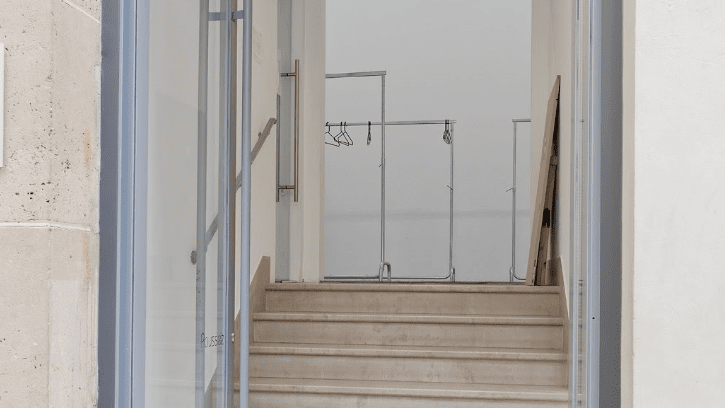
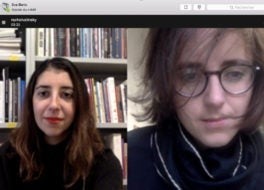

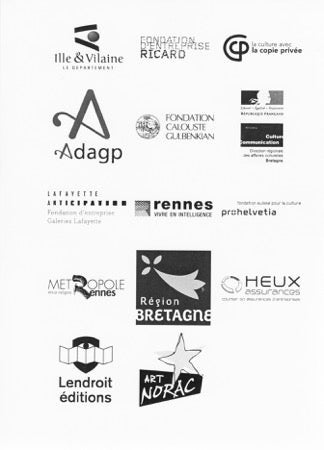
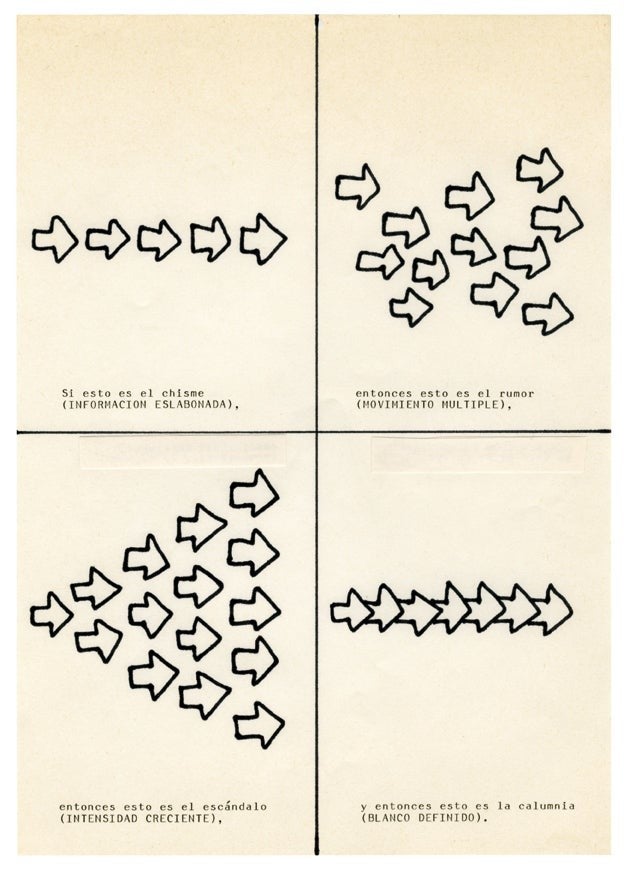
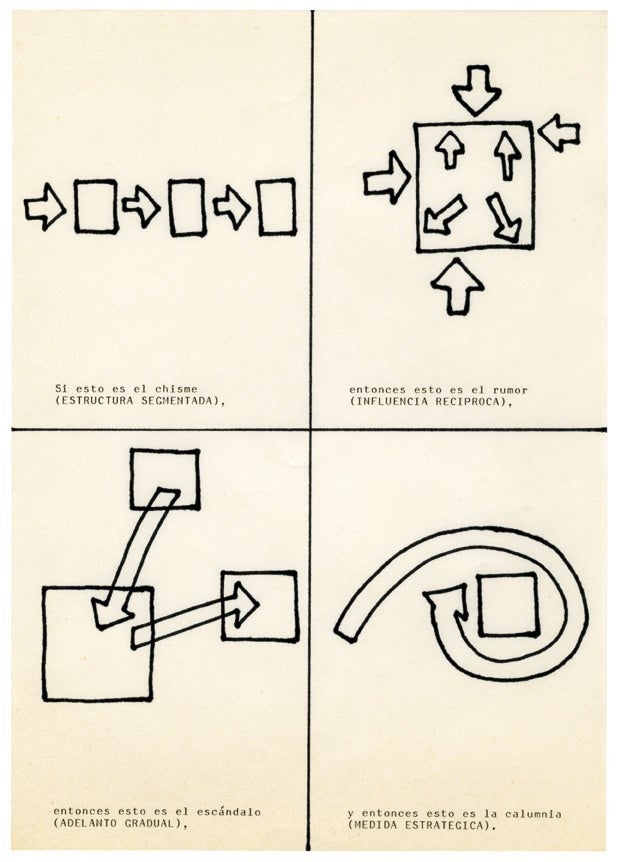
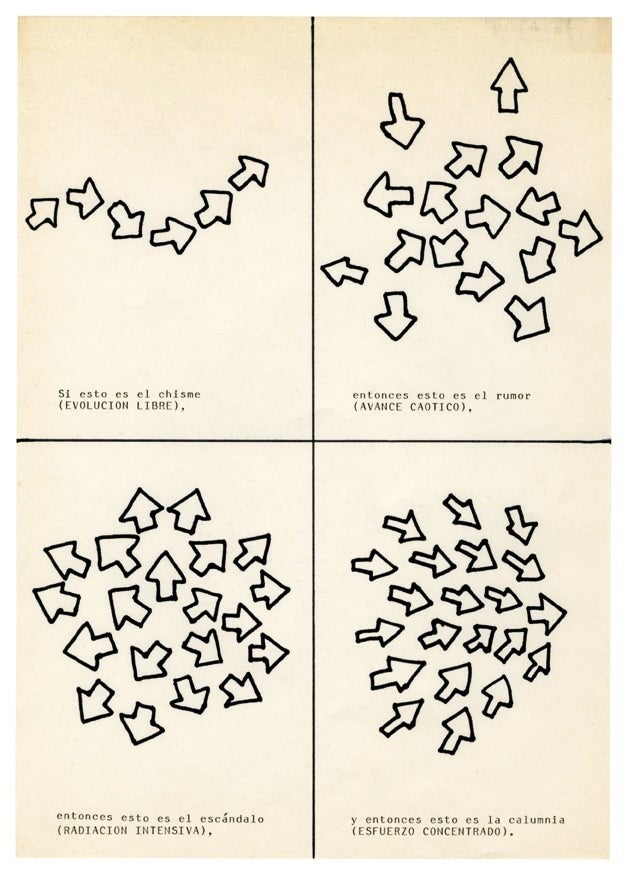
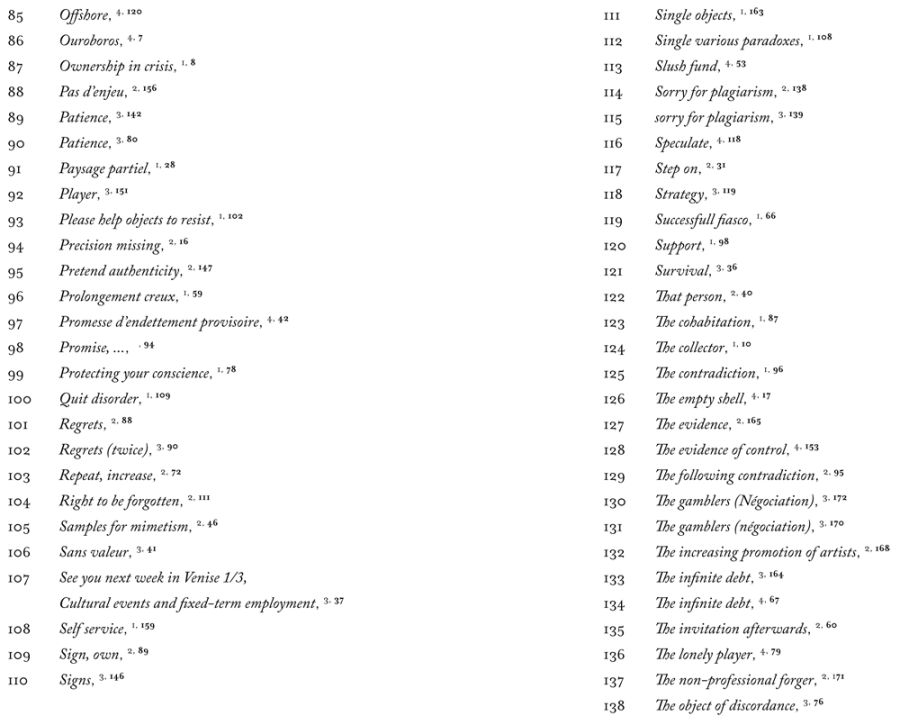
![The Berlin Key in: Bruno Latour, Petites leçons de sociologie des sciences, 1993. [1996 Pocket edition: Petites leçons de sociologie des sciences, Points Seuil, Le Seuil, Paris; 2006 new Pocket edition by La Découverte] See online PDF.](/sites/default/files/styles/half/public/galleries/clefdeberlin_0.png?itok=KNDyVxIB)
